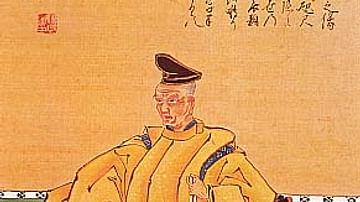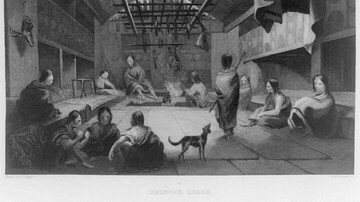Video
Cite This Work
APA Style
TED-Ed. (2019, May 25). Kabuki: The people's dramatic art - Amanda Mattes. World History Encyclopedia. Retrieved from https://www.worldhistory.org/video/1749/kabuki-the-peoples-dramatic-art---amanda-mattes/
Chicago Style
TED-Ed. "Kabuki: The people's dramatic art - Amanda Mattes." World History Encyclopedia. Last modified May 25, 2019. https://www.worldhistory.org/video/1749/kabuki-the-peoples-dramatic-art---amanda-mattes/.
MLA Style
TED-Ed. "Kabuki: The people's dramatic art - Amanda Mattes." World History Encyclopedia. World History Encyclopedia, 25 May 2019, https://www.worldhistory.org/video/1749/kabuki-the-peoples-dramatic-art---amanda-mattes/. Web. 23 Apr 2025.





